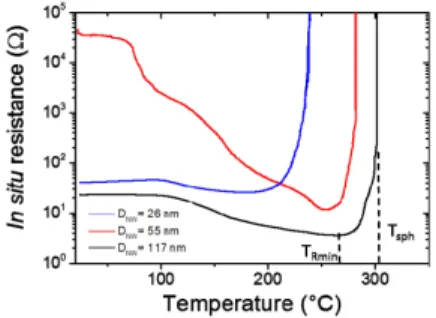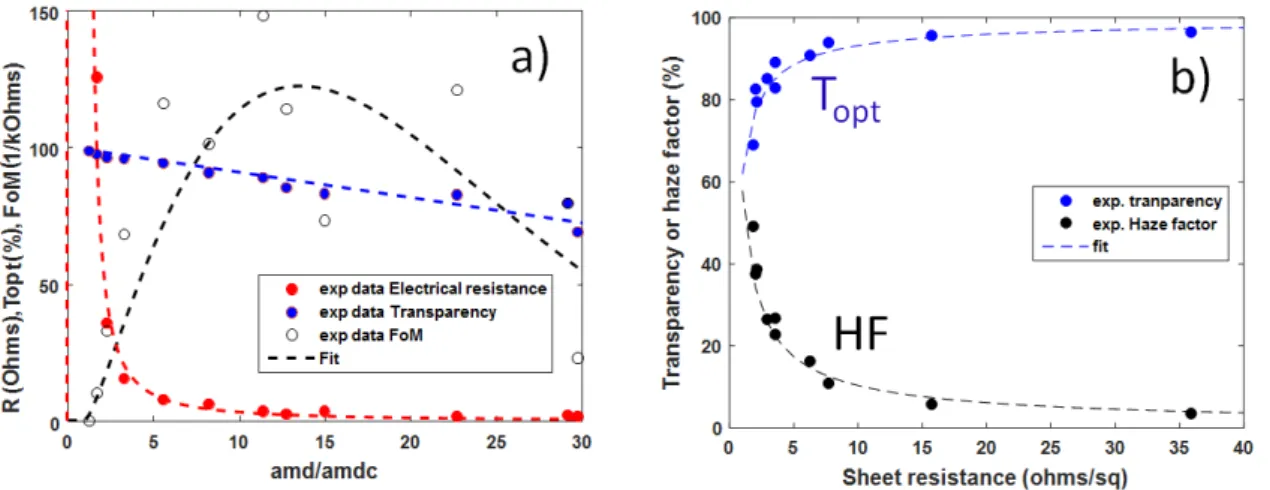Transparent Electrodes Based on Silver Nanowire Networks: From Physical Considerations towards Device Integration
Texte intégral
Figure




Documents relatifs
In the case of transparent conducting films with applications in photovoltaic devices, the measurements of the electrical resistivity during many successive heating and
A study on the toxic effects of NPs of different compositions on lung epithelial cells and human tumor cell lines has shown that NPs stimulate the synthesis of inflammation me-
A strong correlation between channel length and transistor parameters (OFF current, ON current, ON-to-OFF ratio and subthreshold slope) were highlighted. According to these
Thanks to Monte-Carlo numerical simulations, we have derived an accurate closed-form approximation of the functional dependence of the effective resistance of two-dimensional
It can be noticed that thermal annealing has a larger positive impact in the 2-8 GHz range, considering the sample showing the highest sheet resistance (see black and green curves
Figure 5.16: Experimental electrical resistance of AgNW network measured during this work versus areal mass density (amd) for a network deposited on glass (blue symbols) and for a
In Fig.3 we report the results of the performance analysis of the considered PDNs, in terms of the maximum voltage drop (Fig.3a) and the maximum temperature rise (Fig.3b) evaluated
Due to the distribution of wire diameters in the solution there was a range of different wire heights (corresponding to diameters) measured by AFM furthermore as
